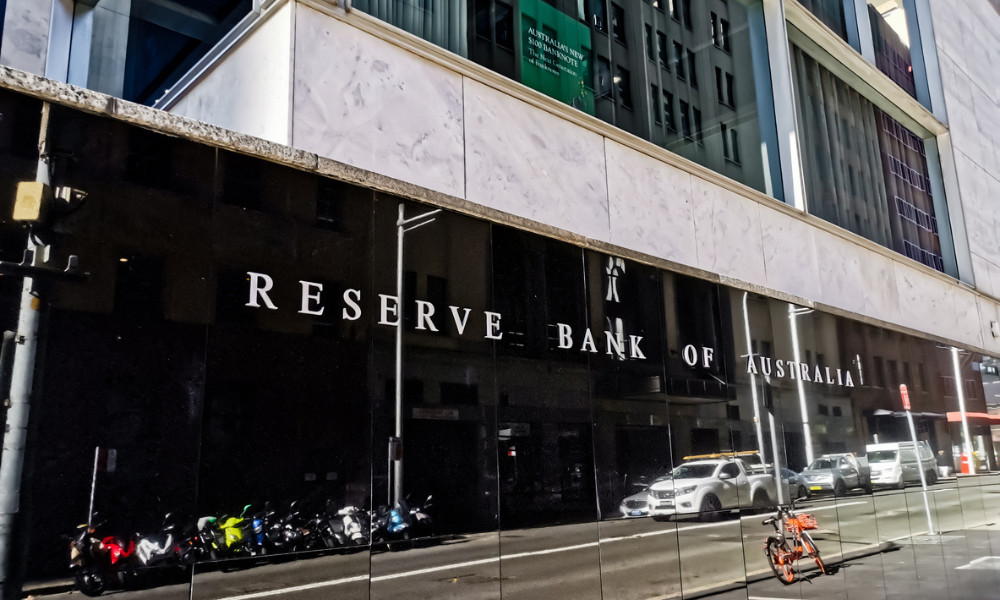But most households and businesses are managing the strain

As financial pressures from high inflation and restrictive monetary policy continue to affect many Australians, a small but growing number of borrowers have fallen behind on loan repayments, the Reserve Bank of Australia (RBA) has reported.
“Despite the recent stabilisation in real incomes around pre-pandemic levels, broad-based cost-of-living pressures continue to weigh heavily on the budgets of many households,” the RBA stated in its latest Financial Stability Review. “Reflecting the challenging environment for many households, housing loan arrears have risen steadily from the low levels of late 2022.
“Those with high loan-to-valuation (LVR) or high loan-to-income (LTI) ratios have been most likely to fall into arrears over this period. Borrowers with high leverage are more vulnerable to challenging economic conditions and also tend to have lower savings buffers, which makes them more likely to fall behind on their loan payments.
“By contrast, arrears rates of other mortgagor groups, such as recent first-home buyers, have not risen as much. The same observation holds for those who borrowed at low (including fixed) rates, most of whom have now transitioned to loans with higher interest rates.”
See LinkedIn post here.
The RBA said that while arrears are also expected to rise slightly in the near term, most Australian households and businesses are managing the financial strain from higher interest rates and inflation.
The central bank also anticipates some financial relief in the future as the Stage 3 tax cuts take effect and inflation continues to decline. However, the expected easing in labour market conditions and slow economic growth could still present difficulties for certain households and businesses.
The RBA warns that if economic conditions worsen or inflation and interest rates stay elevated longer than expected, financial stress could intensify. Still, the strong financial positions of most households and businesses should help mitigate the risk of widespread distress.
“Very few borrowers are in negative equity on their mortgage, limiting the impact on lenders should some default,” the central bank said. “Those businesses entering insolvency are generally small and have little debt, limiting the broader spillovers to lenders, including banks.”
The review further indicated that some segments in the commercial real estate (CRE) sector also remain under pressure. However, the risks to Australia’s financial system from this sector are contained.
The RBA noted a potential risk that stress in overseas CRE markets could spill over into Australia through interconnected ownership and funding channels. While this may result in losses for some investors and non-bank lenders, the central bank views the risk to domestic banks as minimal due to their limited CRE exposure and conservative lending practices.
Want to be regularly updated with mortgage news and features? Get exclusive interviews, breaking news, and industry events in your inbox – subscribe to our FREE daily newsletter. You can also follow us on Facebook, X (formerly Twitter), and LinkedIn.



